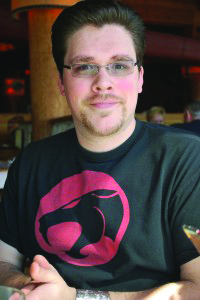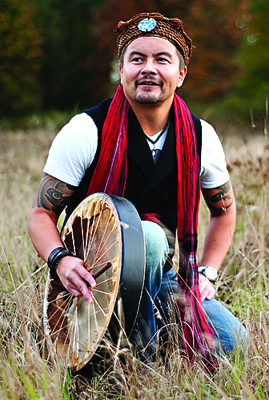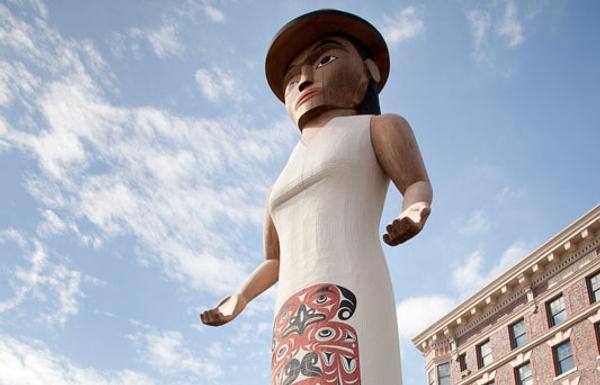The Puyallup School District & the Karshner Museum and Center for Culture & Arts present: A Celebration of the Canoe Journey (August 2 and 3, 10 am to 4 pm)
PUYALLUP, WA (7/13/18)–The Puyallup School District will help celebrate the Canoe Journey 2018 with special events at the Karshner Museum and Center for Culture & Arts on August 2 and 3 from 10 a.m. to 4 p.m. each day. All are invited to this free family event. With the Puyallup Tribe of Indians hosting the 2018 Canoe Journey “Power Paddle to Puyallup” from July 28 to August 4, over 100 canoes and over 10,000 people representing coastal tribes and friends from all over the Pacific Northwest are expected to participate.
Visitors at the Karshner Museum and Center for Culture & Arts will experience the Coast Salish traditional culture through artifacts, displays, film, photo, art, and storytelling. Over 300 artifacts will be on display and include model canoes, paddles, and baskets, tools and more. A photo history of the Canoe Journey by Denny Hurtado, Skokomish member and past OPSI Indian Education Director will be on display. Secretary of State’s Legacy Washington exhibit “We’re Still Here: The Survival of Washington Indians” and the Karshner Museum’s own exhibit “From Mt. Tacobet to the Salish Sea: The Culture & Artifacts of Coast Salish Peoples” artifacts will also be on exhibit. In addition, films of past Canoe Journeys and a film “Muckleshoot Indian Tribe Sla-Hal 2015 Tournament” directed by Lyn Dennis, Lummi/Tahltan,B.C., will be shown.
Storytellers will keep audience members entertained with traditional stories and legends. Storytellers include Lois Landgrebe, Snohomish, Duwamish, Nez Perce; Gene Tagaban, Tlingit, Cherokee and Filipino; Barbara Lawrence-Piecuch, Suquamish; Tobey Joseph, Apache, Ute
Melvin Blacketer, Nisqually and Puyallup.
Educators are invited to one or two days of professional development. Activities and learning will include the culture of the canoe, canoe-making, the canoe journey and its importance to Coast Salish tribes today, the traditional methods for cooking, making baskets, cattail mats, art, use of natural resources, food gathering and the tribal importance of protecting the environment and its wildlife. Up to six clock hours will be available through the Puyallup School District Professional Development website.
The district will provide free round-trip shuttle buses from Chief Leschi Schools to the Karshner Center so visitors at the Canoe Journey, “Power Paddle to Puyallup 2018” will have easy access to the events of the day at the museum. Likewise, visitors to the Karshner Center may use the shuttles for easy transport to the Canoe Journey festivities and protocols at Chief Leschi Schools.
For more information contact: The Karshner Museum and Center for Culture & Arts
309 4th St NE, Puyallup, WA 98372, phone (253) 841-8748, or visit the center’s website or Facebook page: Website: https://karctr.puyallup.k12.wa.us, Facebook: https://www.facebook.com/KarshnerMuseum.










